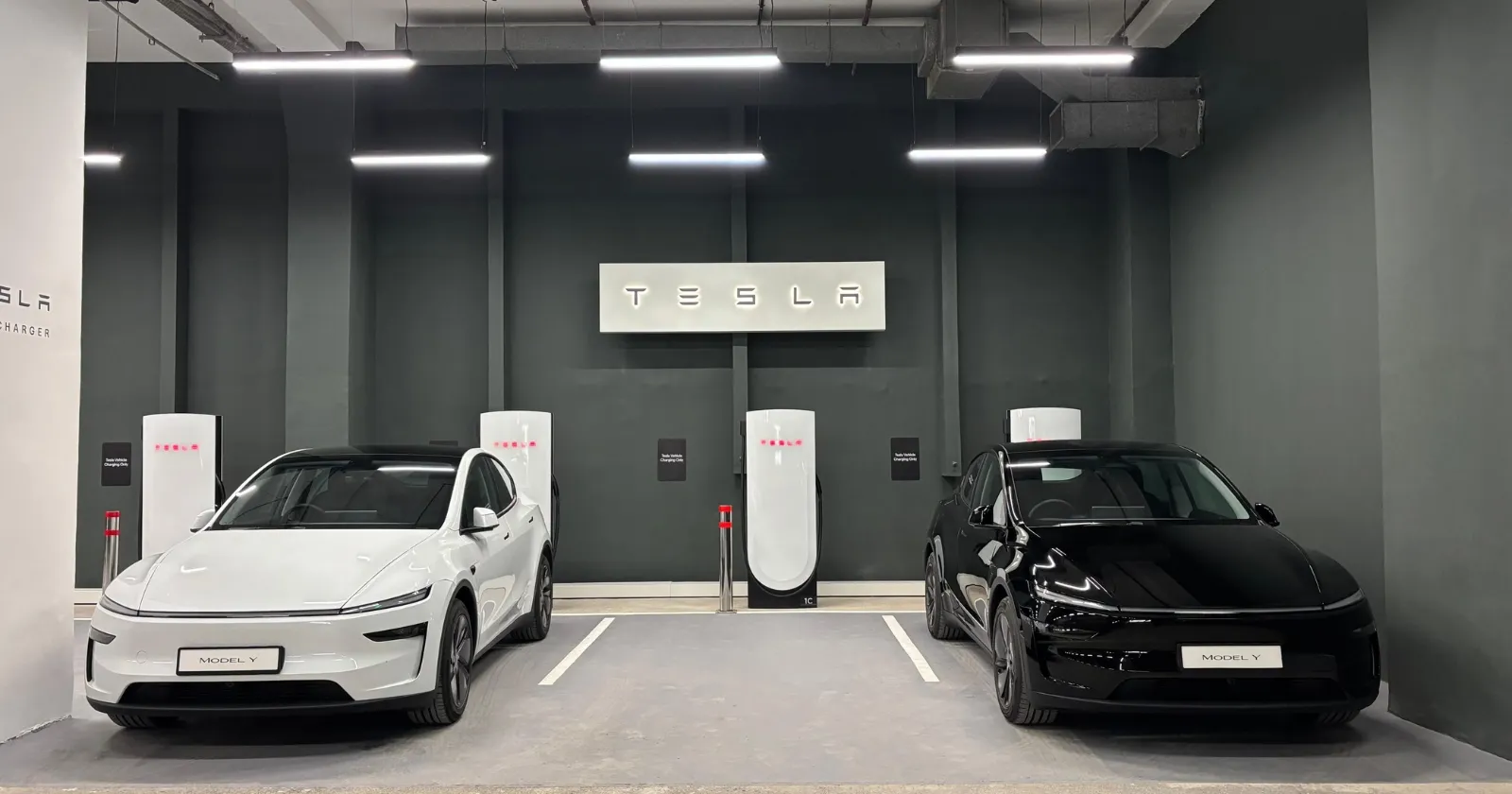
CEO Elon Musk has said the company would operate robotaxis in eight to 10 metro areas by the end of the year.
Share Post

CEO Elon Musk has said the company would operate robotaxis in eight to 10 metro areas by the end of the year.
Elon Musk-owned Tesla has received a permit to operate a ride-hailing service in the US state of Arizona, a state regulator said, in a step toward the electric vehicle (EV) maker's plans of running a self-driving robotaxi service, news agency Reuters reported on Wednesday. It is to be noted that Tesla this year launched a robotaxi service in Austin, Texas, with a safety monitor in the front passenger seat, followed by a ride-hailing service in the San Francisco Bay Area with human drivers using a version of its Full Self-Driving software.
CEO Elon Musk has said the company would operate robotaxis in eight to 10 metro areas by the end of the year. Tesla aims to eventually take the drivers and monitors out of the vehicles.
The Transportation Network Company (TNC) permit in Arizona will allow Tesla to run an Uber-like operation and charge passengers, but does not let it operate driverless vehicles. Under a self-certification process, Tesla, in September, got a permit from the state to test and operate its autonomous vehicles with a safety driver.
The company had also applied for a permit to test without a driver and expressed interest in operating within the Phoenix Metro area, Arizona's Department of Transportation said in July.
After years of missed promises and several company closures due to high costs, tight regulations and federal investigations, the robotaxi industry has rebounded with Tesla, Alphabet's Waymo and Amazon's Zoox speeding up expansion.
Tesla, which applied for the Arizona TNC authorization on 13 November, met the requirements and received the permit on 17 November, the state's DOT said in a statement.
Arizona has established itself as one of the US' most accommodating jurisdictions for autonomous vehicle testing and deployment. The state's regulatory framework allows companies to operate self-driving vehicles with minimal bureaucratic obstacles compared to other states, making it an attractive location for robotaxi companies seeking to expand operations.
The self-certification process that granted Tesla its September autonomous vehicle testing permit exemplifies Arizona's lighter-touch regulatory approach. Unlike states requiring extensive pre-approval procedures, Arizona enables companies to commence operations after demonstrating compliance with basic safety and insurance requirements.
Tesla's current operational model demonstrates a phased approach to autonomous ride-hailing deployment. The Austin service operating with safety monitors in passenger seats represents an intermediate stage between traditional human-driven services and fully autonomous operations.
The San Francisco Bay Area deployment using human drivers with Full Self-Driving software allows Tesla to gather operational data, refine routing algorithms, and build customer acceptance whilst maintaining human oversight. This graduated approach potentially reduces regulatory resistance and public safety concerns compared to immediate fully autonomous launches.
Musk's stated goal of operating robotaxis in eight to ten metropolitan areas by year-end is an aggressive expansion timeline given the complexity of autonomous vehicle deployment. Each new market requires mapping infrastructure, establishing charging networks, navigating local regulations, and building service operations.
The announced target suggests Tesla believes its technology and operational systems have reached sufficient maturity for rapid multi-market scaling. However, Musk's timelines have historically proven optimistic, with numerous past autonomous driving predictions failing to materialise as scheduled.
Tesla's stated aim to eventually remove drivers and safety monitors from vehicles represents the economic endpoint necessary for robotaxi services to achieve profitability. Human operators represent the largest ongoing cost in ride-hailing operations, with companies like Uber and Lyft struggling with driver compensation economics.
Truly driverless operations would fundamentally transform unit economics, thus, enabling Tesla to undercut traditional ride-hailing prices whilst achieving superior margins. However, achieving regulatory approval and demonstrating safety for unsupervised autonomous operation represents a substantially higher hurdle than current monitored services.
Despite Arizona's accommodating stance, obtaining permissions to operate commercial autonomous vehicles across multiple jurisdictions remains a primary challenge for robotaxi expansion. Each state and often individual cities maintain distinct regulatory frameworks with varying requirements for testing, commercial operations, and driverless deployment.
Harley-Davidson X440 T First Ride Review - Redemption Or Not?
Arun Mohan Nadar 12 Dec, 2025, 4:26 AM IST
Toyota Kirloskar Motor Hands Over Mirai to NISE For Green Hydrogen Mission Study
Acko Drive Team 11 Dec, 2025, 11:42 AM IST
India’s PLI Auto Scheme Sees Growth: 82 Companies Approved, ₹1,350 Crore Incentives Released
Acko Drive Team 11 Dec, 2025, 11:05 AM IST
Ather Rizta Crosses 2 Lakh Sales Milestone
Acko Drive Team 11 Dec, 2025, 9:57 AM IST
New-gen Kia Seltos vs Old Seltos: Here's What's Different
Acko Drive Team 11 Dec, 2025, 7:44 AM IST
Looking for a new car?
We promise the best car deals and earliest delivery!
